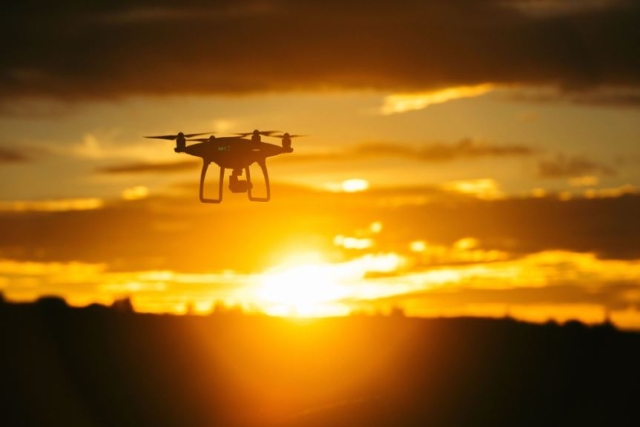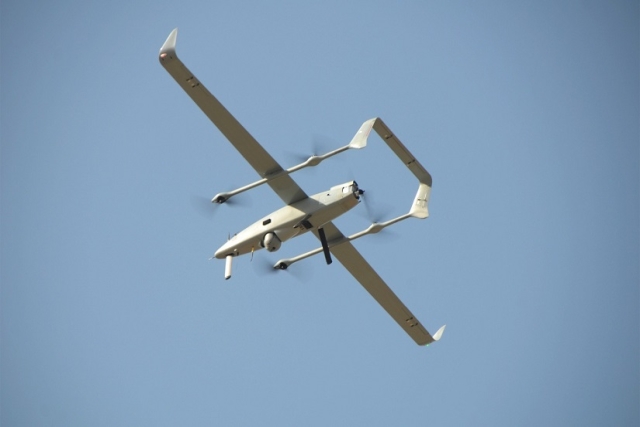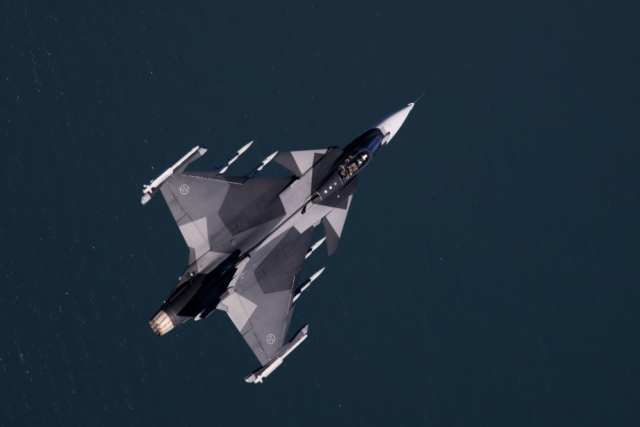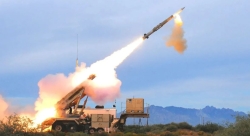New Russian Radar Tracks Drones Having Fibre Optic Cables, AI Brain
New passive system detects FPV drones immune to jamming and operating without radio links
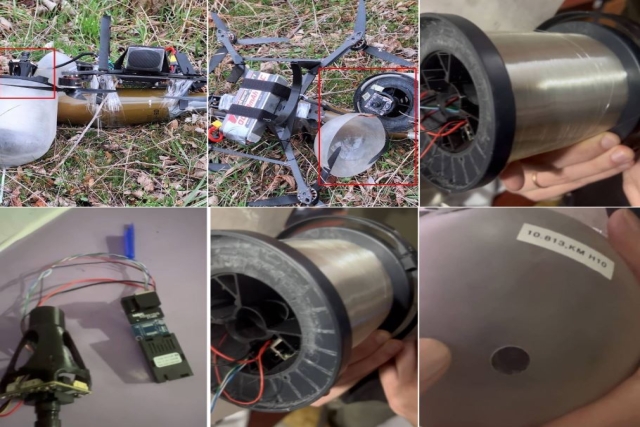
At a time when drones with fiber optic links and AI modules operating without telemetry were considered undetectable by radar, Russia’s Rostec has developed a passive system capable of locating them.
Developed by Rostec’s Rosel holding, the three-coordinate passive coherent locator (3D PCL) detects low-visibility FPV drones that do not rely on radio or telemetry links and are immune to electronic warfare. These drones have been difficult to track and impossible to jam — until now.
“This makes the product invisible to radio reconnaissance, which protects the device and its operator from detection,” Rostec said.
The system does not emit its own signal. Instead, it passively detects drones using reflections of external transmissions, such as radio and television broadcasts. The radar then analyzes the reflected signals to determine the drone’s exact location. It can track light aircraft at several tens of kilometers.
Manufactured by the Vector Research Institute, the radar uses phased array antennas and passive direction-finding sensors. Its design prevents it from being located by enemy surveillance systems.
Rise of Fiber Optic Drones
In 2024, fiber optic FPV drones emerged as a key battlefield tool. They maintain a physical cable connection with the operator, avoiding radio jamming and ensuring high-quality video until impact. These drones have changed frontline operations — especially in forested, urban, or covered terrain — and have been heavily used in the Russia-Ukraine conflict.
Unlike radio-controlled drones, fiber-optic drones cannot be jammed. Their cables carry both control signals and video feeds, unaffected by electronic warfare. These drones can travel up to 60 kilometers per hour and maintain signal integrity within a 10-kilometer range. But they have drawbacks: added weight, and the reflective fiber trail, which can expose launch positions.
Ukrainian drone operators report that the fiber’s visibility forces them to move frequently. “The fiber is very reflective in the sunlight... that's why it's better to switch positions more often,” said Oleksandr “Skhid,” an FPV drone commander in Ukraine, was quoted as saying by Ukrainian media.
Countering Radio-Silent Drones
The new Russian radar directly targets this evolving threat. It enables detection of fiber optic drones previously invisible to conventional radar or EW systems. Passive detection may shift the battlefield again, challenging the assumption that fiber-connected drones are undetectable.
Russia is reportedly ahead in deploying such drones, especially in the Kursk region, where they have been used in raids and surveillance.

